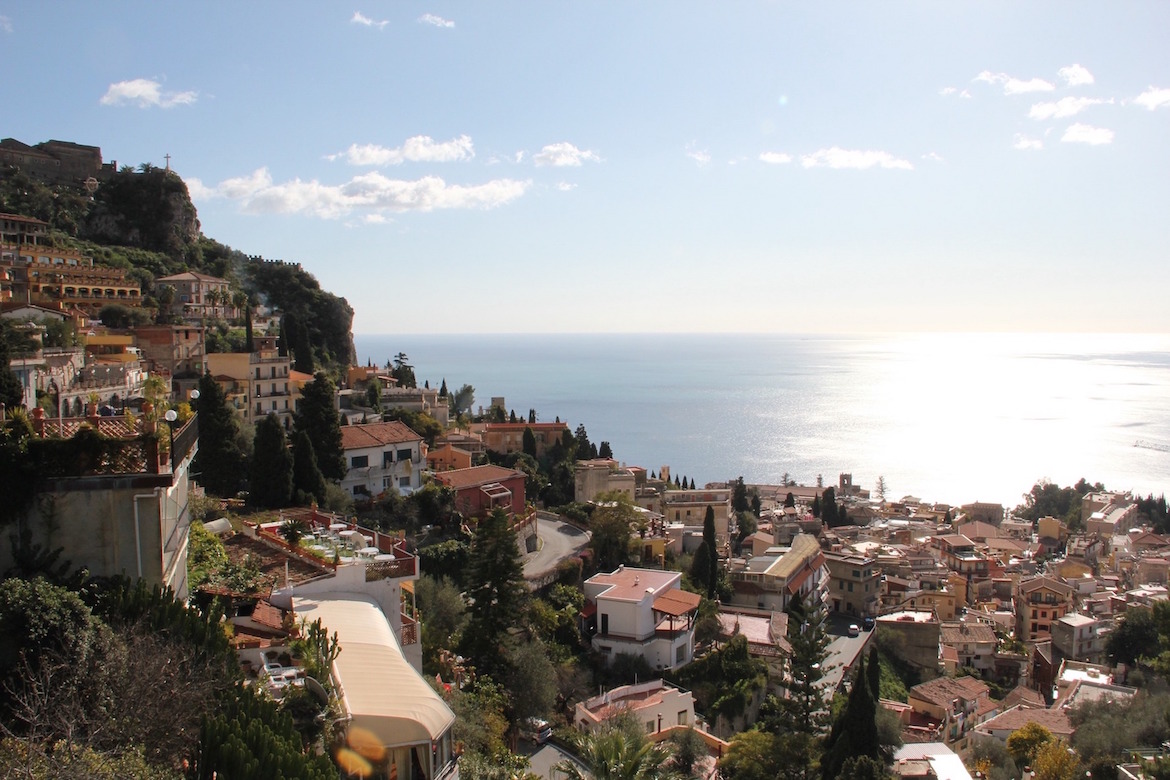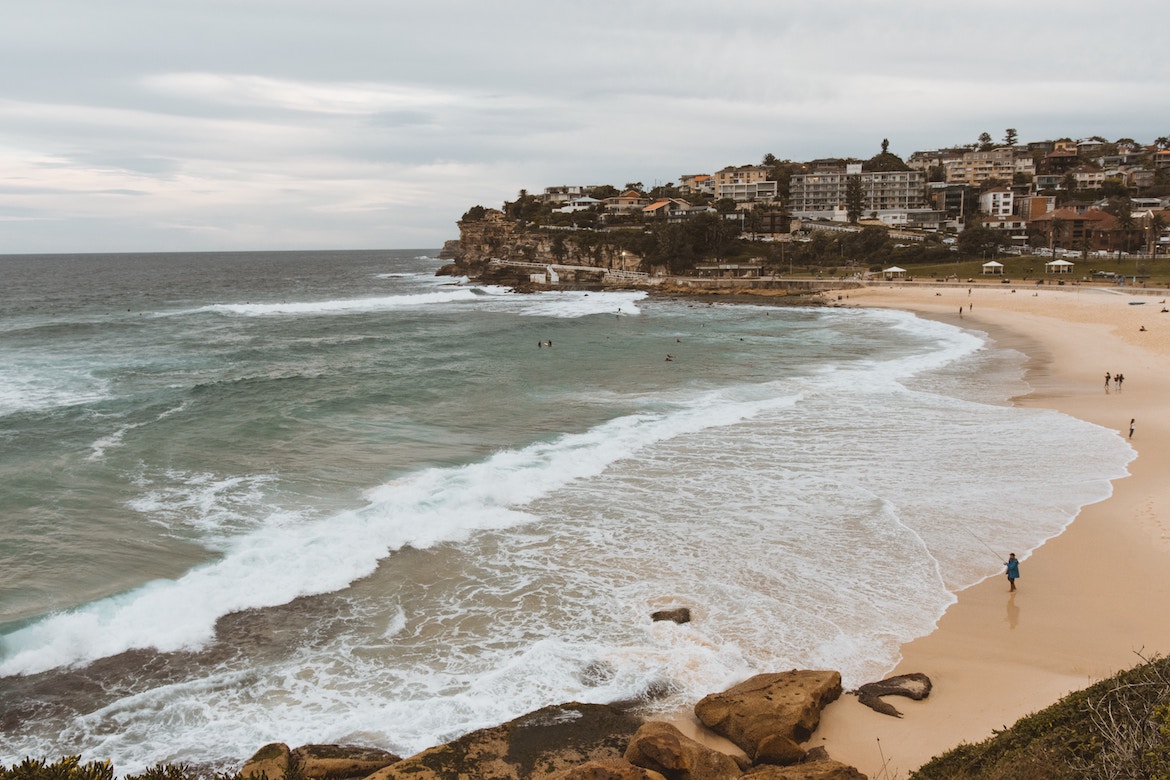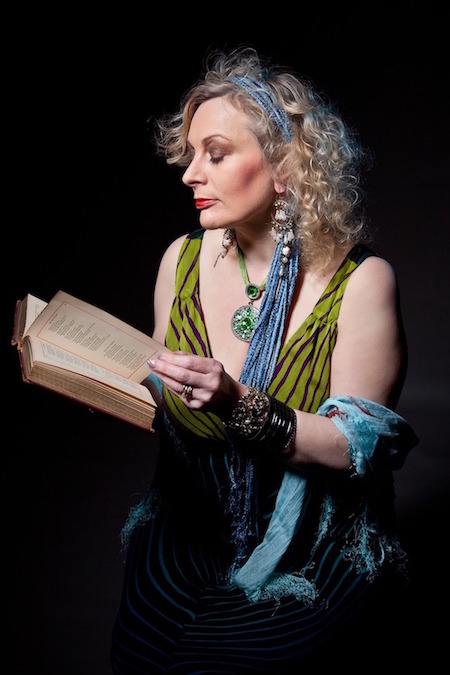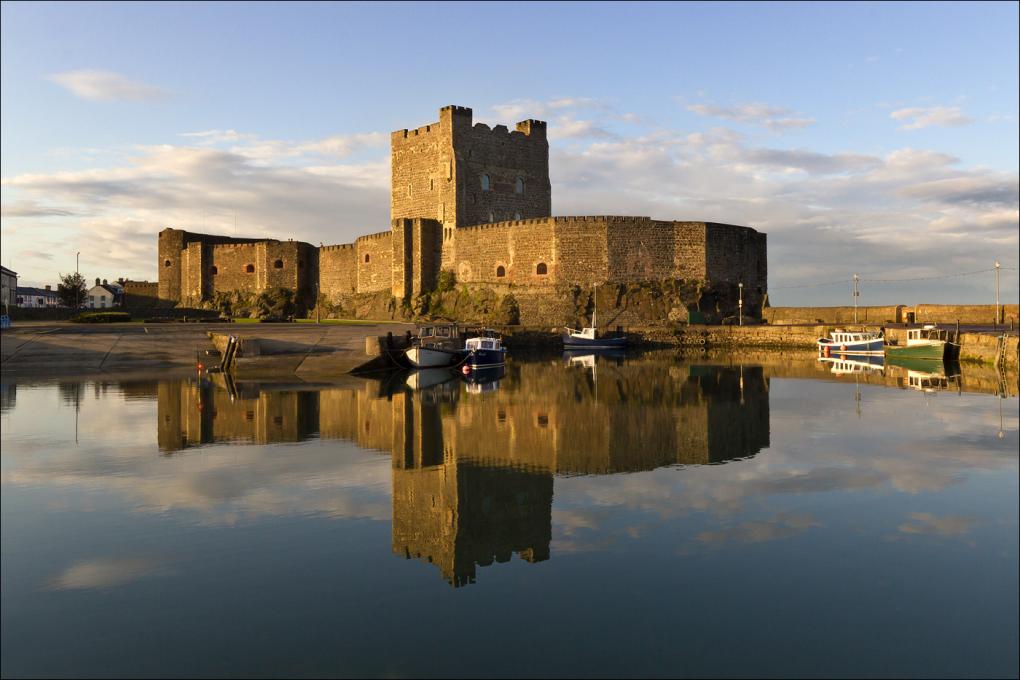Gorgeous Sicilia! It's been on my bucket list, ever since hearing about its marvels and beauty from my Italian hairdresser. Over the years I've explored the north, middle and south [...]
The Inner Journey I had, for a long while, been addicted to self development. It was like peeling onion layers; more were always waiting for you to deal with. But [...]
There really are FEELINGS IN YOUR HEART you don’t even know exist until you have a child of your own. It’s a sensation without description. When our first-born finally arrived, [...]
Balls Head Reserve, Sydney Harbour I recently lived for eighteen months on the north side, in Waverton. One of the precious finds across the bridge was Balls Head Reserve, flanked [...]
Life is a Beach Have you heard the saying, Life is a beach? Have you ever strolled along a sandy shore? Scrunching wet sand deliciously between your toes? I have [...]
Firstly: All things are connected, but distinctions need to be made… This may seem academic—and it is—but sometimes a subtle distinction makes all the difference in practice: The writer is [...]
Roger writes... One night, on hearing a piece of music, grief overwhelmed me. I sat down and wrote this poem, fifty-seven years after the event. I rushed into it with [...]
"Life in the Forties and Fifties" by Ian (Harry) Wells “Take-away” back in the forties and fifties, when I was a kid, meant a sum in arithmetic at school. Nothing [...]
Garth Alperstein was born in South Africa. As well as having spent a career as a paediatrican, he has worked with indigenous Australians in the outback. And in recent times, [...]
Noumea, the capital of New Caledonia (la Nouvelle Calédonie) is situated at the southern-most tip of the main island, directly east of Australia. It has a similar history to Sydney, [...]










